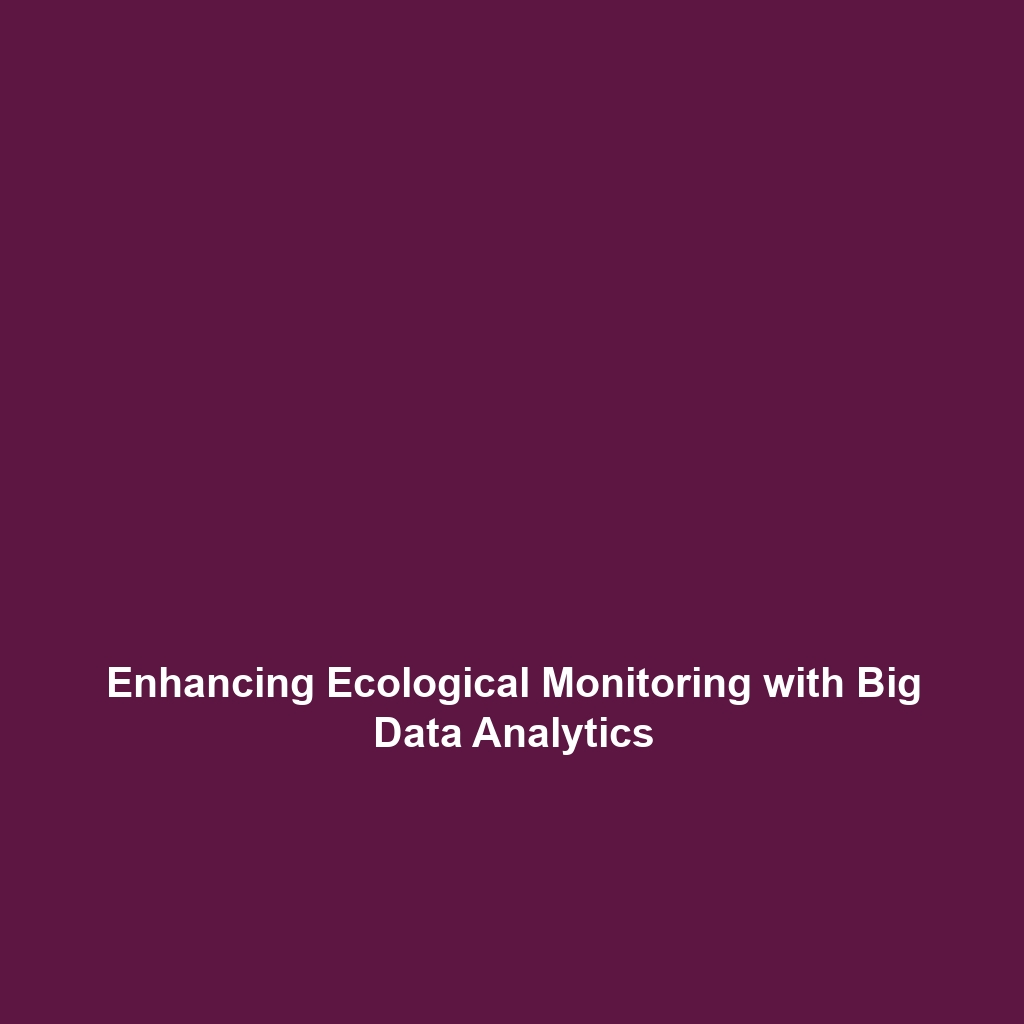Tree Rings (Dendrochronology) and Their Significance in Climate History
Introduction
Dendrochronology, the scientific study of tree rings, offers invaluable insights into climate history. By analyzing the patterns of growth recorded in tree rings, researchers gain a chronological understanding of past climates, natural disasters, and ecological changes. This discipline not only enriches our historical narratives but also aids in forecasting future climate scenarios. Understanding tree rings is crucial for grasping how ancient climate variations influence today’s environmental challenges.
Key Concepts of Dendrochronology
Understanding Tree Rings
Tree rings are layers of growth formed annually by trees, which vary in thickness and density. The study of these patterns can reveal climatic conditions during each growth season. Key concepts include:
- Annual Growth Rings: Each ring represents one year of growth, with variations indicating environmental factors such as temperature and precipitation.
- Cross-Dating: This technique involves comparing ring patterns from different trees to establish a more accurate chronological record.
- Latewood and Earlywood: These two types of wood formed in different seasons provide insight into seasonal weather conditions.
Dendrochronology’s Role in Climate History
Dendrochronology fits seamlessly into climate history by offering a cross-disciplinary approach that incorporates data from climatology, archaeology, and ecology. The meticulous recording of tree ring data allows scientists to reconstruct past climate conditions, which is vital for understanding patterns of climate change over centuries.
Applications and Real-World Uses
The applications of dendrochronology extend far beyond mere academic interest. Here are some significant uses:
- Paleoenvironmental Reconstruction: How tree rings are used in climate history helps reconstruct ancient environments, offering a window into ecological conditions long ago.
- Climate Change Studies: Dendrochronology aids in understanding the impacts of climate change by providing long-term climate data.
- Archaeology: Tree-ring dating can establish timelines for historical events and constructions.
Current Challenges in Dendrochronology
Despite its advantages, the field of dendrochronology faces several challenges:
- Climate Variability: Unpredictable climate patterns can affect tree growth, complicating interpretations.
- Sampling Bias: Selection of tree species and geographical areas may not provide a comprehensive view of ecological conditions.
- Technological Limitations: Current technology may not effectively analyze all variables influencing ring patterns.
Future Research and Innovations
The future of dendrochronology is bright with numerous innovations on the horizon:
- Advanced Imaging Techniques: Next-gen technologies, like high-resolution imaging and 3D reconstruction, will enhance analytical capabilities.
- Integration with Climate Models: Future studies aim to closely align tree-ring data with climate forecasting models for improved predictions.
- Citizen Science Initiatives: Engaging the public in data collection and analysis could expand research horizons significantly.
Conclusion
Tree rings, through the lens of dendrochronology, are critical in expanding our understanding of climate history. Their ability to reveal past environmental conditions provides essential data for addressing contemporary climate challenges. As research evolves, these studies will become even more relevant, promoting greater awareness and action. For further reading on related topics, explore our articles on paleoclimate research and climate change mitigation strategies.


